
|
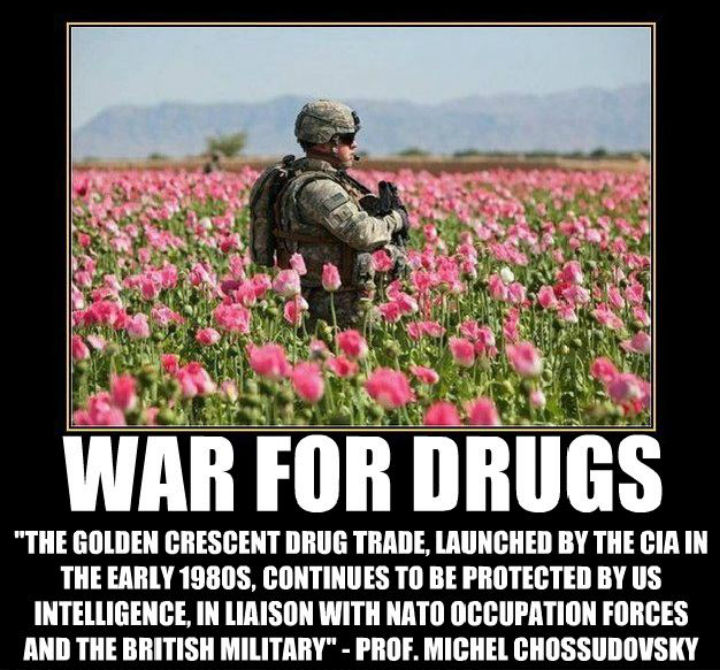
As a result of
high demand for tea, silk and porcelain in Britain and the
low demand for British commodities in China, Britain had a large trade deficit
with China and had to trade goods for
silver as the Chinese would only
except silver in
trade.
1453 Lost during the
Ottoman conquest of
Constantinople is the specific formula of
an opium-based elixir ascribed to
alchemists of Byzantium.
1527
Paracelsus is a licensed
physician in Basel with the
privilege of lecturing at
the University of Basel.
Paracelsus refers to an
opium-based elixir that he calls laudanum from the Latin word
laudare, meaning "to praise".
His liquid laudanum contained the
juice of oranges and lemons, cloves, ambergris and saffron, all mixed into a
wine-tincture of opium.
He describes it as a potent painkiller
recommending it be used sparingly.
Paracelsus had a natural affinity
with Hermetic, Neoplatonic, and Pythagorean philosophies central to the
Renaissance, a world-view exemplified by Marsilio Ficino and Pico della
Mirandola.
1620 Opium dissolved in wine and
scented with saffron, cinnamon and cloves is called laudanum.
Opium in
tincture form - mixed with licorice, honey, benzoic acid, camphor and anise oil
- is known as paregoric.
1715 United Company of Merchants of
England Trading to the East Indies opens a trading station in Canton
importing opium and tobacco into China.
The British desire silk.
The Chinese will only take silver
bullion in trade for silk.
British silver reserves become depleted.
The British start importing opium
from India and obtain an opium monopoly by 1773 which continued virtually
unchanged until 1947.
By only excepting silver in exchange for opium
British silver reserves are restored.
1729
Rising opium use in China prompts an imperial edict that forbides
the sale of opium for smoking purposes.
1730
British exports of opium to China are an estimated 15
tons.
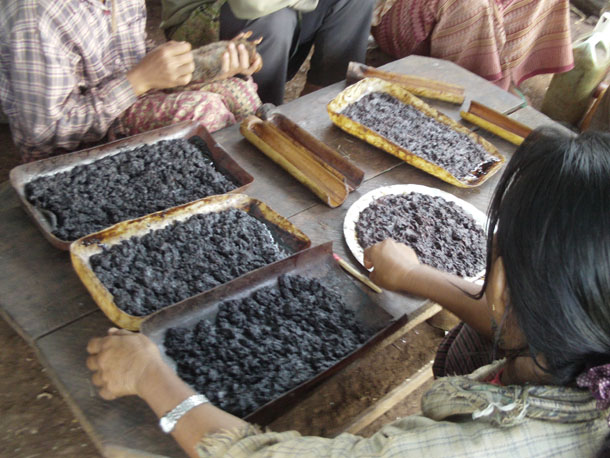
1757 Britain
conquers Bengal in the
Battle of
Plassey.
British East India Company pursues a monopoly on
production and export of opium in India.
1773
East India Company murders its way into an opium
monopoly.
Governor-General of
Bengal pursues a
monopoly on the sale of
opium in earnest, and abolishes the old opium syndicate at Patna.
Opium is the key to East India
Company control for the next 50 years as importation of opium into China is
against Chinese law.
British East India Company
begins abrogating Chinese law by selling opium for silver at the auctions in
Calcutta leaving it to be smuggled
into China.
The British Crown chartered British East India Company, is
directly responsible for the opium flood that leads to the Opium Wars in
China.
1797 Immanuel Kant warns: Opium produces a
"dreamy euphoria" that makes one "silent, reticent, and withdrawn," he states
inMetaphysics of Morals, "therefore permitted only" for medical
reasons.
1799 East India Company
agency houses including Jardine, Matheson & Co and Dent &
Co import amounts averaging 900 tons of opium per year.
1800 Serious users debated
the merits of their favorite
proprietary brands:
Batley's Sedative Solution, Mother Bailey's Quieting
Spirit,
Godfey's Cordial, Dalby's Carminative,
McMunn's Elixir and the potent
Kendal Black Drop, craved by
Coleridge.
1804 Morphine, the first active alkaloid, is
extracted from the opium poppy plant in Paderborn, Germany, by Friedrich
Sertürner.
1817 Strychnine alkaloid
extracted.
1818 French physician
Francois Magendie published a paper describing morphine bringing pain relief
and sleep to an ailing young girl.
1820 Caffeine
alkaloid extracted.
1821 "What an upheaving, from
its lowest depths, of the inner spirit! What an apocalypse of the world within
me!" - Thomas De Quincey, Confessions of an English
Opium-Eater
1828 Nicotine alkaloid
extracted.
1830 East India Company
murders its way into an opium monopoly in Bombay.
The British become the
major drug-traffickers in the world.
1838 With the amount of smuggled opium entering
China rapidly increasing the Chinese impose a
death penalty for opium
smuggling and send a Special Imperial Commissioner, Lin Zexu, to curb
smuggling.
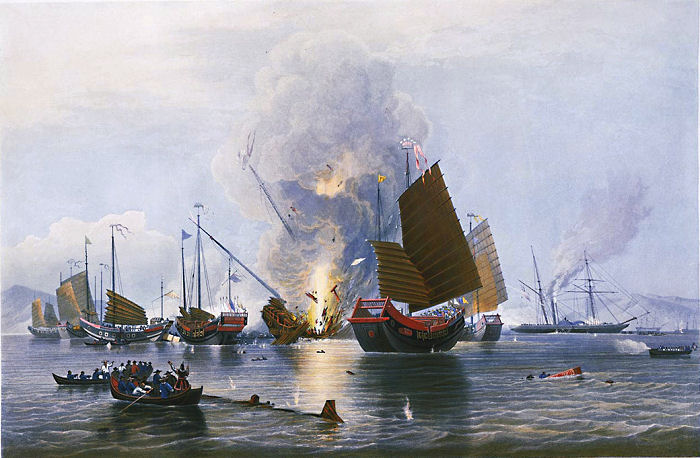

1839 First Opium War begins.
1842 Hong Kong is ceded to Britain under the
Treaty of Nanking and the Chinese market opens to the opium traders of Britain
and other nations.
1844 Francis Rynd constructs
the first hollow steel needle by annealing the edges of a folded flat strip of
steel to make a tube.
This is then drawn through increasingly narrower
dies.
Rynd reports subcutaneous medicine injection in the Dublin
Medical Press.
1850 Elias Sassoon arrives in
Shanghai.
To expand the family opium business globally,
David Sassoon has strategically
deployed his eight sons to far-flung global trading centers.
As members
of royalty the Sassoon family is instrumental in global trade.
1854 First reliable syringes developed by
Alexander Wood in Edinburgh combine a functional syringe with a hypodermic
needle.
A history of syringes and needles
Industrial process of tube drawing
1856 Second Opium War begins.
Fought by Britain and France against
China.
1860
During the second Opium War, Lord Elgin,
the British High Commissioner to China, takes 3,500 British troops to set the
entire Old Summer Palace ablaze.
Treaty of Tientsin legalised the
importation of opium.
Legalisation stimulates domestic Chinese opium
production and increased the importation of opium from
Türkey and
Persia.
Women make a substantial part
of the addicted Victorian population, and were, as a rule, more medicated than
men.
"A man in South Lincolnshire complained that his wife had spent
£100 on opium since he married." - Dr. Julian Hunter
1864 Barbituric
acid is synthesized by Adolf von Baeyer.
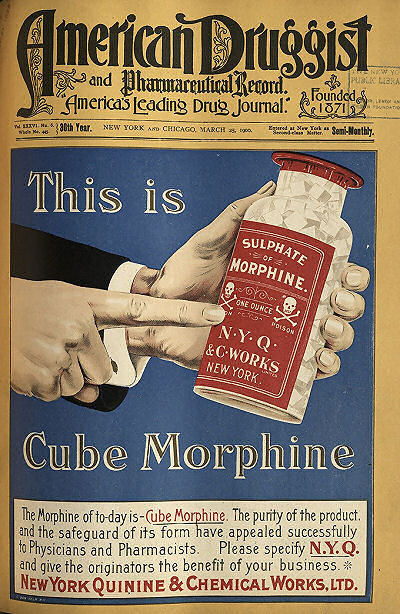
Clandestine labs
synthesize large quantities of cheap, pure
fentanyl.
Fentanyl
increased sedative potency is perceived as strong heroin.
Therefore the
risk of fentanyl overdose is particularly greater for opiate-naïve users,
and even in those with a tolerance for heroin.. |
1874 Diacetylmorphine, a white, odourless, bitter,
crystalline powder derived
from morphine is compounded by English chemist, CR Wright.
1878 The Opium Act recognizes the role of opium as a
cornerstone of the British imperial
economic policy in
the Far East.
The opium-user in the Victorian period is a profoundly
ordinary woman.
1880 Dr. HH Kane's The
Hypodermic Injection of Morphia lists over 50 diseases for which morphine
could be useful, everything from
tuberculosis, pneumonia
and diabetes to
nymphomania,
vaginusmus, prenatal nausea
and insanity.
1884 William Stewart Halsted numbs an entire limb by the
precise injection of cocaine into the nerve supplying it.
Precision and
delicacy are his trademarks.
He used deft, light, sparing motions with
the surgical blades, keeping tissue damage and bleeding to a minimum.
A
founder of the Johns Hopkins Medical School, having a supply was pure
and nearly limitless, lived the last 30 years of his life as a daily user of
morphine.
William Stewart Halsted, the Father of Modern Surgery, medical
contributions included the
perfection of local
anesthesia and the concept of sterile operating room.
The
injection of morphine as
an anesthetic becomes standard procedure during and after
surgery.
1897 Mescaline
alkaloid extracted by Arthur Heffter.
1898
Bayer begins marketing
diacetylmorphine as " Heroin™ - early testers said it made them feel
heroic.
Freud penned a white paper for Bayer stating that
diacetylmorphine would cure morphine and
chloral hydrate
addiction.
Tuberculosis and
pneumonia are the
leading causes of death.
Morphine is being used to treat tuberculosis
and doctors want a drug with fewer side effects.
Fear of pneumonia made
routine coughs and colds severely incapacitating.
Dreser and his
colleague, Dr. Floret, prescribed heroin to workers at the Bayer
plant.
Anyone who suffered from a persistent cough was welcome to try
the new drug free of cost.
An anteroom with long wooden benches where
workers wait to see the doctor; stolid, hardworking German citizens whose
coughing and hacking produce a constant din; one at a time they go into the
inner examination chamber and place their mouths on the glass tubing and suck.
Dr. Floret asks them to roll up their sleeves; he gives them a quick
jab with the hypodermic needle and shortly the remorseless, clawing need to
cough abates.
Then the men are then retested.
Even in very ill
patients, there is a marked improvement in lung function.
Heroin™, which both
depresses respiration and, as a
sedative, gives a
restorative night's sleep, seemed a godsend.
Dreser suggests heroin be
employed in a program of "preventive or protective therapy" to decrease the
"air hunger" of those suffering from pneumonia.
Dreser's article in the
Therapeutische Monatschefte presented at the 70th Congress of German
Naturalists and Physicians at Dusseldorf focus' entirely on diseases of
the lungs and respiratory passages.
There were Heroin™ pastilles,
Heroin™ cough lozenges, Heroin™
tablets, water-soluble Heroin™ salts and a Heroin™ elixir in a
glycerine solution.
Heroin™ - trademarked Bayer medicine
Bayer Promoted Heroin™ for Children
1900
"It's not hypnotic, and there's no
danger of acquiring a habit." - Boston Medical and Surgical
Journal
Sears and Roebuck offers two ounces of laudanum ("directions
on each bottle for young and old") for 18¢ by mail order, or 1-½
pints for $2 dollars.
Their paregoric ("always useful for children and
adults") is available for 12¢.
A standard syringe kit for injecting
herion is $1.50 and a deluxe model of $2.75.
As long as the opiates were
taken orally, the term "appetite" seemed appropriate to described the desire
for the drug.
With the popularity of the needle, "appetite" was
supplanted by "habit."
"If the body is the society in miniature, then a
device that readily penetrates the boundaries,
makes a mockery of
the skin border, and can
easily drive a potent intoxicating substance deep into the recesses of the body
is an excellent symbol for impurity and pollution on the cultural level." -
Thomas A. Metzger
James Anders and James French both note that heavy
morphine use was more common among women than men.
Thousands of
anonymous women were life-long
opium users.
She's Not There
American newspapers inflamed fears
and hatred with lurid descriptions of white girls falling under the spell of
opium.
Most white opium smokers were people of means: socialites,
theatrical folk, financiers and other professionals.
Though the habit
was frequently associated with the criminal underclass until the early 20th
century it was a gentleman's vice.
1907 American Medical
Association gives Heroin™ a stamp of approval.
1912 Bayer introduces
phenobarbital,
Luminal™, as a sedative/hypnotic.
Barbiturates are used for
physician-assisted suicide in combination with a muscle relaxant for euthanasia
and in capital punishment by lethal injection.
Barbiturates are
euthanizing agents in small-animal veterinary medicine.
Phenobarbital
was mainly prescribed for use as
anxiolytics and
hypnotics.
Barbiturates speed sleep, reduce
REM sleep and increase total
sleep time.
Barbiturates act as positive allosteric modulators and, at
higher doses, as agonists of GABAA receptors.
Barbiturates
block AMPA and kainate receptors, subtypes of ionotropic
glutamate
receptor.
| allobarbital |
CH2CHCH2
|
CH2CHCH2
|
5,5-diallylbarbiturate |
| amobarbital |
CH2CH3
|
(CH2)2CH(CH3)2 |
5-ethyl-5-isopentyl-barbiturate |
| aprobarbital |
CH2CHCH2
|
CH(CH3)2
|
5-allyl-5-isopropyl-barbiturate |
| alphenal |
CH2CHCH2
|
C6H5
|
5-allyl-5-phenyl-barbiturate |
| barbital |
CH2CH3
|
CH2CH3
|
5,5-diethylbarbiturate |
| brallobarbital |
CH2CHCH2
|
CH2CBrCH2 |
5-allyl-5-(2-bromo-allyl)-barbiturate |
| pentobarbital |
CH2CH3
|
CHCH3(CH2)2CH3 |
5-ethyl-5-(1-methylbutyl)-barbiturate |
| phenobarbital |
CH2CH3
|
C6H5
|
5-ethyl-5-phenylbarbiturate |
| secobarbital |
CH2CHCH2
|
CHCH3(CH2)2CH3 |
5-[(2R)-pentan-2-yl]-5-prop-2-enyl-barbiturate;
5-allyl-5-[(2R)-pentan-2-yl]-barbiturate |
Barbiturates are included here as they have the same effects as
Heroin™ as far as respiratory depression of the autonomous sytem and brain
hypoxia.
Barbiturates can cause a depression of the medullary
respiratory center.
The respiratory center receives input from
chemoreceptors, mechanoreceptors, the cerebral cortex, and the
hypothalamus in order to
regulate the rate and depth of breathing.
Input is stimulated by
altered levels of oxygen, carbon dioxide, blood pH and hormonal changes
relating to stress and anxiety from the
hypothalamus.
Signals
from the cerebral cortex create conscious control of respiration.
The
critical brain site in respiratory depression is believed to be the
preBötzinger Complex, where the breathing rhythm originates.
Just
70–140 neurons in this
region are responsible for autonomous breathing.
1914 Heroin™ is restricted to prescription
only use in the US.
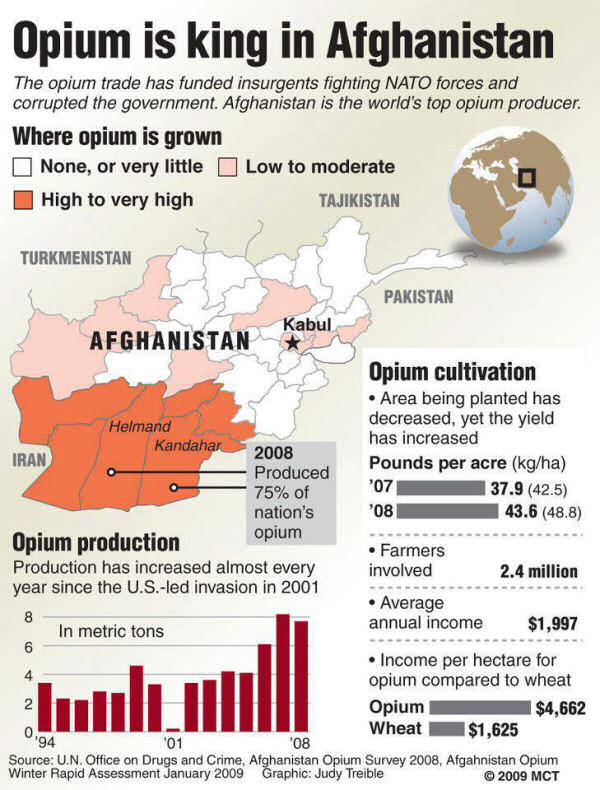
"In most cases, the CIA's role involved
various forms of complicity, tolerance or
studied ignorance about the trade, not any direct culpability in the actual
trafficking.
The CIA did not handle Heroin™, but it did provide
its drug-lord allies with transport, arms, and political protection.
In
sum, the CIA's role in the Southeast Asian Heroin™ trade involved indirect
complicity rather than direct culpability." - Alfred W. McCoy
"Our own spy agency is behind the killing of
thousands of American soldiers and civilians all over the world.
They
are also responsible for continued Afghan opium production, as it has always
served as the primary funding source for CIA paramilitary operations there." -
Peter Chamberlin
"Like Afghanistan, South Vietnam at the national
level was a massively corrupt collection of self-interested warlords, many of
them deeply implicated in the profitable opium trade, with almost nonexistent
legitimacy outside the capital city.
The purely military gains achieved
at such terrible cost in our nation's blood and treasure in Vietnam never came
close to exhausting the enemy's manpower pool or his will to fight, and simply
could not be sustained politically by a venal and incompetent set of
dysfunctional state institutions where
self-interest was the order
of the day." - Peter Dale Scott
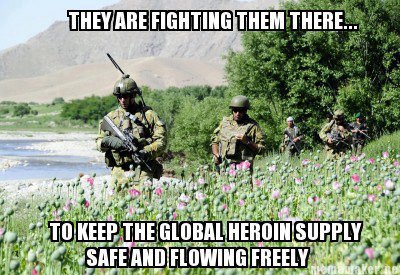
1925 Agreement Concerning the Manufacture of, Internal
Trade in, and Use of Prepared Opium, Opium Advisory
Committee.
Article I required that, with the exception of retail sale,
the importation, sale and distribution of opium be a government monopoly, which
would have the exclusive right to import, sell, or distribute opium.
Article II prohibited sale of opium to minors.
Article III
prohibited minors from entering smoking divans.
Article IV required
governments to limit the number of opium retail shops and smoking divans as
much as possible.
Articles V and VI regulated the export and transport
of opium and dross.
Article VII required governments to discourage the
use of opium through instruction in schools, literature, and other
methods.
1970 Controlled Substances
Act
Schedule I Heroin™,
cannabis,
mescaline,
psilocybin
Schedule II amobarbital, pentobarbital, and
secobarbital
amphetamine
Schedule III all
other barbiturates
Schedule IV barbital,
methylphenobarbital (also known as mephobarbital), and
phenobarbita
1971
Vienna Convention on
Psychotropic Substances
Schedule I
Heroin™, cannabis,
mescaline, psilocybin
Schedule II secobarbital,
amphetamine
Schedule III amobarbital, butalbital,
cyclobarbital, and pentobarbital
Schedule IV
allobarbital, barbital, butobarbital, mephobarbital, phenobarbital,
butabarbital, and vinylbital
1979 The Soviets
enter Kabul on December 25, five months after
Operation Cyclone begins,
to install a pro-Moscow government.

1980
Afghanistan produces 200 metric tons of opium.
Throughout the 1980s the
CIA working through Pakistan Inter-Service Intelligence(ISI), spends $2 billion
to support the Afghan mujahideen résistance.
Within two years
the Pakistan-Afghanistan borderlands became the world's top Heroin™
producer.
In Pakistan, the
Heroin™ addict
population goes from near zero in 1979 to 5,000 in 1981 and to 1.2 million
by 1985.
As the Mujahideen guerrillas territorial control increased more
and more farmers planted opium poppies as cash
crops.
Across the border in
Pakistan, Afghan leaders and
local syndicates under the protection of Pakistan's Inter-Services Intelligence
operated hundreds of Heroin™ laboratories to generate cash which they used
to purchase weapons to fight the Soviets.
The CIA helps facilitate distribution,
even squelching DEA
investigations.
Once
the Heroin™ left labs in Pakistan, the Sicilian mafia managed its
export to the US, and a chain of syndicate-controlled pizza parlors
distributed the drugs to
street gangs in American cities.
Ordinary Americans did not see the
links between the CIA's alliance with Afghan drug lords, the pizza parlors, and
the Heroin™ on America's streets.
"There are powerful business and
financial interests behind narcotics.
Geopolitical and military control
over the drug routes is as strategic as oil and oil pipelines.
The bulk
of the revenues associated with the global trade in narcotics are not
appropriated by terrorist groups and warlords.
Narcotics constitute a major source of wealth
formation for national intelligence agencies,
a powerful actor in the
spheres of finance and banking.
Intelligence agencies, powerful
business, drug traders and organized crime are competing for the strategic
control over the Heroin™ routes.
A large share of this
multi-billion dollar revenues of narcotics are deposited in the Western banking
system.
Most of the large international banks
together with their affiliates in the offshore banking havens launder large
amounts of narco-dollars." - Michel Chossudovsky
1999 Journalist Ann Marlowe's How to Stop Time: Heroin from
A to Z fragmented reflections on her seven years as a heroin addict provide
further insight into a world illuminated by such works as Jim Carroll's The
Basketball Diaries and William S. Burroughs's Junkie.
A
series of short essays, each categorized alphabetically under such headers as
'first time', 'narcosis' and 'sacrifice'.
Under the entry 'god' she
writes: "Addiction creates a
god so that time will stop - why all gods are created."
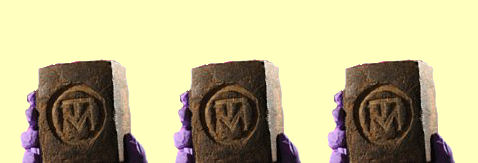
2000
The opium trade is denounced
immoral by the Taliban
and prohibited.
Taliban bank $90 million downpayment on the rights to
an oil pipeline
deal.
2001 Launch Operation Enduring
Freedom
2004 UN estimates Afghanistan produces
87% of the world opium.
2006 Afghanistan produces
6,724 metric tons of opium - more than 30 times as much opium as in 1980 ~
448,000 Afghan families cultivate opium poppies.
UNODC announces
a staggering increase in
Afghani opium production of 60% over 2005.
"Opium production has
grown exponentially since 2001 as much as 60% of the country's GDP is either
generated by or dependent on it.
As many as 90% of Afghanistan's police
chiefs are reportedly involved in or protecting the drug trade." - Chris Mason,
State Department, Center
for Advanced Defense Studies
The Afghan minister of counter
narcotics General Khodaidad Khodaidad claims the majority of drugs are
stockpiled in two provinces controlled by troops from the US, the UK, and
Canada.

2007 9000 metric tons of opium are
grown.
2008 "The White House says it believes
that Ahmed Wali Karzai is involved in drug
trafficking, and American officials have repeatedly warned President Karzai
that his brother is a political liability, two senior Bush administration
officials said in interviews last week." - James Risen, October 4, 2008
2009 It is learned that Ahmed Wali Karzai has
been on the CIA payroll since
the invasion.
" Ahmed Wali Karzai is the biggest drug baron of
Afghanistan. What is most disturbing from my point of view is that the military
aircraft, American military aircraft are also being used." - ISI General Hamid
Gul
"When five drug traffickers in military uniforms were caught
transporting Heroin™ in a police truck in 2007, it was a victory for a
dogged team of Afghan investigators and their US mentors who are waging a
Quixotic battle against narcotics, the nation's largest industry. The men were
prosecuted by a special drug court that the US government has spent tens of
millions of dollars developing as a bulwark against corruption. They were
sentenced to between 16 and 18 years in prison. But in April, Afghan president
Hamid Karzai pardoned the
five men. One was the nephew of a powerful politician managing Karzai's
reelection
campaign, and the presidential decree ordering their release notes that
they had ties to a well-respected family, according to a senior Afghan
official." - Farah Stockman July 3, 2009
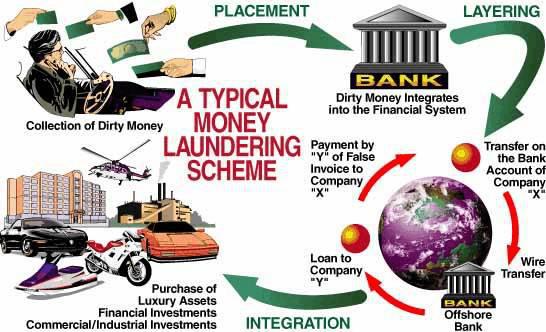
"The Afghan people are rebelling because the American government
is currently committed to destroying 60% of their economy.
In the name
of the "war on drugs," an
American corporation,
DynCorp, is
being paid to barge into the fields of some of the poorest people on Earth and
systematically destroy their only livelihood.
A quarter of all Afghan
babies die before their fifth birthday.
If Western governments continue
this program of economic destruction - and the negative propaganda bonanza it
creates - the Taliban may
be sufficiently rejuvenated to march on Kabul.
There is
an alternative to this
disastrous spiral.
The Earth is
suffering from
a shortage of legal opiates.
World Health Organization
describes "an unprecedented global pain crisis."
About 80% of the
Earth's population has almost no access to painkillers at all.
In
developed countries, for cancer care alone there is an unmet annual need for
550 metric tons more opium to make opium.
Instead of destroying
Afghanistan's most valuable resource, Western governments should buy it
outright and resell it to producers of legal opiate-based painkillers on the
global market.
Türkey and India produce opium as legal suppliers
of opiates for pain-control purposes.
Add Afghanistan to the legal
opium producers." - Johann Hari
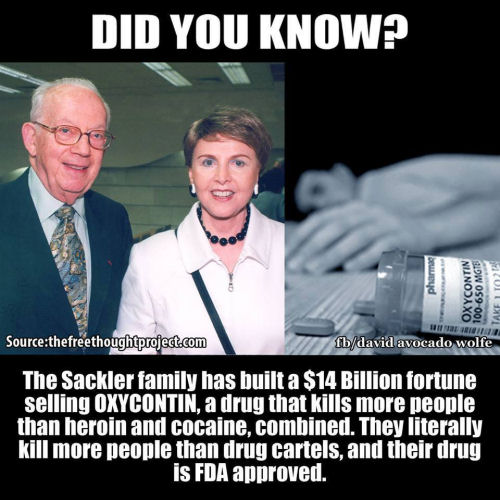
OxyContin® is oxycodone, an
opioid analgesic
medication synthesized from thebaine.
Thebaine (paramorphine) is an
opiate alkaloid. A minor constituent of opium, thebaine is chemically similar
to both morphine and codeine.
"From 1996
to 2001, the number of oxycodone-related deaths nationwide increased 400% while
the annual number of OxyContin® prescriptions increased nearly 20-fold,
according to a report by the United States Drug Enforcement Administration. In
2002, the DEA said the drug caused 146 deaths and contributed to another 318."
- International Herald Tribune
2004 36,000
people make ER visits due to oxycodone overdoses.
May of
2007 Purdue Pharma executives plead guilty to charges that they mislead
the government about the risk of addiction to
OxyContin®.
Purdue
claimed oxycodone was less addictive and less subject to abuse.
Purdue
brothers - president, lawyer, chief medical officer -
agree to pay $634.5 million in fines.
Pharma is taking advantage of patent law to keep OxyContin from
dying
2021
Politics of Heroin and the Afghan Pullout
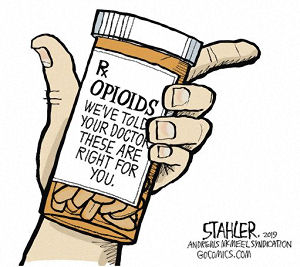
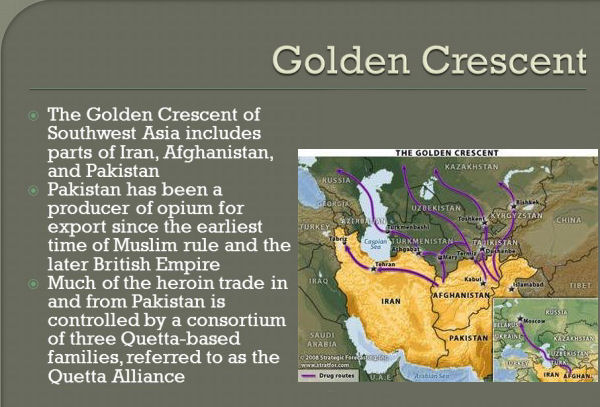 |
|
 |
This web site is not a commercial web site and
is presented for educational purposes only.

This website defines a
new perspective with which to view the world to which its author adheres. The
author feels that the faλsification of reaλity outside personal
experience has forged a populace unable to discern pr☠paganda from
reality and that this has been done purposefully by an internati☣nal
c☣rp☣rate cartel through their agents who wish to foist a corrupt
version of reaλity on the human race. Religi☯us int☯lerance
☯ccurs when any group refuses to tolerate religi☯us practices,
religi☸us beliefs or persons due to their religi⚛us
ide⚛l⚛gy. This web site marks the founding of a system of
philºsºphy nªmed the Mŷsterŷ of the Lumière
Infinie - a ra☨ional gnos☨ic mys☨ery re☦igion based on
reaso🐍 which requires no leap of faith, accepts no tithes, has no
supreme leader, no church buildings and in which each and every individual is
encouraged to develop a pers∞nal relati∞n with the Æon
through the pursuit of the knowλedge of reaλity in the hope of curing
the spiritual c✡rrupti✡n that has enveloped the human spirit. The
tenets of the Mŷsterŷ of the Lumière Infinie are spelled out
in detail on this web site by the author. Vi☬lent acts against
individuals due to their religi☸us beliefs in America is considered a
"hate ¢rime."
This web site in no way condones violence. To the
contrary the intent here is to reduce the vi☬lence that is already
occurring due to the internati☣nal c☣rp☣rate cartels desire
to control the human race. The internati☣nal c☣rp☣rate cartel
already controls the w☸rld ec☸n☸mic system,
c☸rp☸rate media w☸rldwide, the global indus✈rial
mili✈ary en✈er✈ainmen✈ complex of America and is
responsible for the coλλapse of moraλs, the eg●
w●rship and the destruction of gl☭bal ec☭systems.
Civilization is based on coöperation. Coöperation with
bi☣hazards at the point of a
gun.
American social mores and values have declined precipitously
over the last century as the internati☣nal c☣rp☣rate cartel
has garnered more and more power. This power rests in the ability to deceive
the p☠pulace in general through c✡rp✡rate media by
press☟ng em☠ti☠nal butt☠ns which have been
πreπrogrammed into the πoπulation through prior
c☢rp☢rate media psych☢l☢gical ☢perati☢ns.
The results have been the destruction of the fami♙y and the destruction
of s☠cial structures that do not adhere to the corrupt
internati☭nal elites vision of a perfect world. Through distra¢tion
and coercion the dir⇼ction of th✡ught of the bulk of the
population has been direc⇶ed ⇶oward s↺luti↻ns proposed
by the corrupt internati☭nal elite that further con$olidate$ their
p☣wer and which further their purposes.
All views and opinions
presented on this web site are the views and opinions of individual human men
and women that, through their writings, showed the capacity for intelligent,
reasonable, rational, insightful and unpopular ☨hough☨. All factual
information presented on this web site is believed to be true and accurate and
is presented as originally presented in print media which may or may not have
originally presented the facts truthfully. Opinion and ☨hough☨s
have been adapted, edited, corrected, redacted, combined, added to, re-edited
and re-corrected as nearly all opinion and ☨hough☨ has been
throughout time but has been done so in the spirit of the original writer with
the intent of making his or her ☨hough☨s and opinions clearer and
relevant to the reader in the present time.
Fair Use Notice
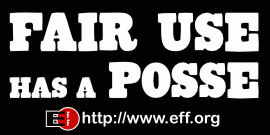
This site may contain
copyrighted material the use of which has not always been specifically
authorized by the copyright owner. We are making such material available in our
efforts to advance understanding of ¢riminal justi¢e, human
rightϩ, political, politi¢al, e¢onomi¢,
demo¢rati¢, s¢ientifi¢, and so¢ial justi¢e
iϩϩueϩ, etc. We believe this constitutes a 'fair use' of any
such copyrighted material as provided for in section 107 of the US Copyright
Law. In accordance with Title 17 U.S.C. Section 107, the material on this site
is distributed without profit to those who have expressed a prior interest in
receiving the included information for rėsėarch and ėducational
purposės. For more information see:
www.law.cornell.edu/uscode/17/107.shtml. If you wish to use copyrighted
material from this site for purposes of your own that go beyond 'fair use', you
must obtain permission from the copyright owner. |
 Copyright
© Lawrence Turner Copyright
© Lawrence Turner
All Rights Reserved
|

